Observant passengers may notice that flight attendants use certain vocabulary when they talk to each other on a flight. Some words like “red eye” or “dead head” may be common enough for observant travelers to notice, but there are a few words that passengers may not understand. For those who don’t know, a “red eye” refers to an overnight flight, while a “dead head” is an airline employee who is on the flight but not on duty.
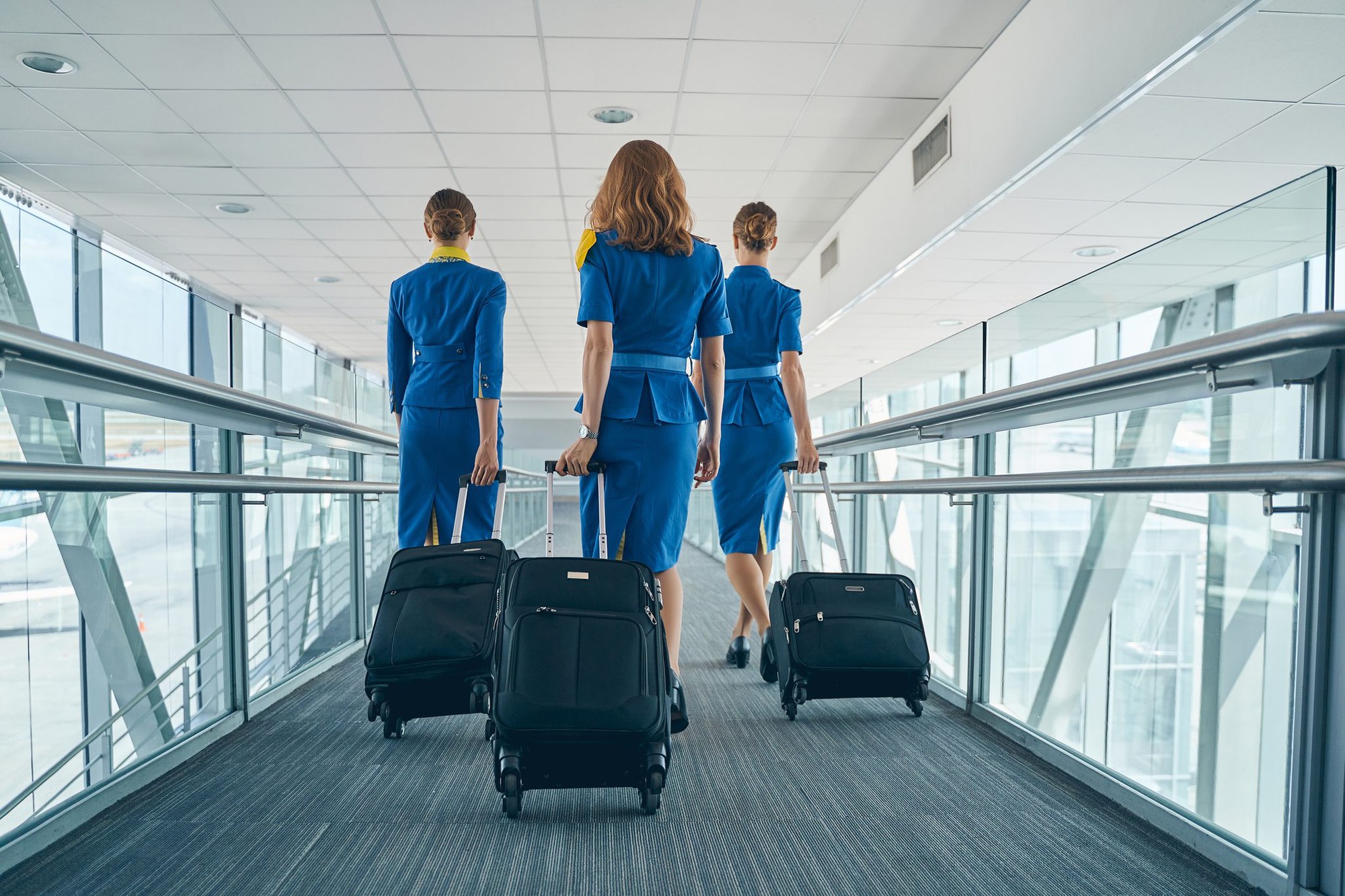
Flight attendants use secret languages to communicate with each other
After learning these terms, you may want to know more about the secret language flight attendants use to communicate. In fact, they are just using a shorthand language that flight attendants use to get their jobs done most efficiently. In some cases, this jargon allows flight attendants to discuss some of the less glamorous aspects of their jobs without annoying passengers. Some of these terms have very practical uses while others are just jokes.
Here are some of the terms flight attendants use to talk to each other while on a plane. The next time you hear these words, you can boast that you're officially in on the secret.
Galley and Galley Queen
The galley area on an aircraft is where flight attendants prepare meals, drinks, and arrange other services for the cabin. Galley Queen is a slang term for a flight attendant who is primarily responsible for this area and unlike others who are just assisting.
Jump seat
A "jump seat" is a special, smaller seat that flight attendants sit in during takeoff, landing, and turbulence, which automatically folds or "jumps" when the flight attendant stands up, hence the name.
Spinners and Runners
These terms are used to identify a seasoned pilot’s least favorite passengers. A spinner is a passenger who arrives at the last minute and is not shown to their seat, so they are told to board the plane and find a seat. They usually do just that, standing in the aisle looking around or “spinning”. A runner is a late or connecting passenger who runs through the airport to catch their flight.
Miracle Flight
This may be a little mean, but a “miracle flight” is a term used to describe a passenger who requires the assistance of a wheelchair to board a flight early but does not request to disembark early in a wheelchair. Some passengers have been accused of wheelchair abuse by using a wheelchair to board a plane early.
Bulkhead
This is the row of seats at the dividing wall of the plane. It is usually located in front of the first row of seats. This space has more legroom so airlines often upgrade it to sell at a higher price.
Pink eye
A "pink eye" flight is a flight that is slightly earlier than a "red eye": it is at night but not overnight. This flight usually does not land later than midnight.
Crotch Watch
This is what flight attendants call seatbelt checks. You can help them by making sure your seatbelt is visible and not hidden under a blanket or other item on your lap.
Cross-check
Occurs when passengers are landing or departing. When this word is heard, it means flight attendants must double-check the aircraft doors to make sure they are equipped in case of an emergency.
Lips and Tips
The term refers to a flight attendant wearing matching lipstick and nail polish. It's a subtle reminder that even in the middle of a stressful flight day, they still have to look presentable and polished.
Crew Base
This is the city where flight attendants start and end their shifts. Every airline has a hub (or hubs) where they run their operations. If you hear a flight attendant talking about returning to “base,” it probably means they’re heading home.
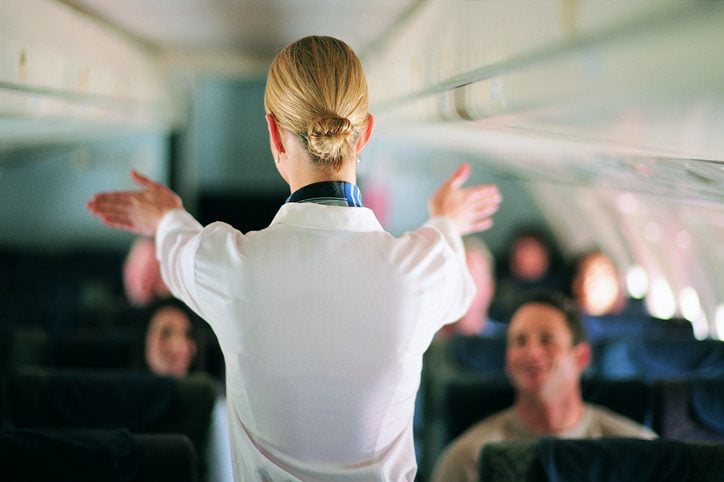
The secret language of flight attendants is commonly used on flights.
Commuter
However, not all flight attendants live close to their base, which means they may have to fly there to start their shift. These flight attendants are called commuters because they have to travel by flying from the nearest airport to their home to their base before they can start their shift.
Blue Room
In official announcements, flight attendants often refer to the bathroom as the “toilet,” but among themselves, it is also known as the blue room because of the blue liquid you see in the toilet. Planes often use this blue stuff, also known as SkyKem or “toilet deodorizer,” as well as disinfectant.
Turn
To get people where they need to go, airlines sometimes have to arrange difficult schedules. One of the worst shifts is a “turn.” This is when a flight goes to one place and back in the same day, without any time for the crew to rest.
Wide Body and Narrow Body
Wide body and narrow body. But it doesn't refer to the passengers, it refers to the size of the plane. Narrow body is a standard short-haul plane with only one aisle, and wide body has two aisles.
Two-for-One Special
For people with a fear of flying, landing is often the scariest part. It's understandable that anxiety spikes as the plane bounces, but for flight attendants, it's just a normal moment. It even has a name—the "two-for-one special."
Source link



![[Photo] Parade of armed forces at sea](https://vphoto.vietnam.vn/thumb/1200x675/vietnam/resource/IMAGE/2025/9/2/98e977be014c49fca05fbb873eae2e8f)
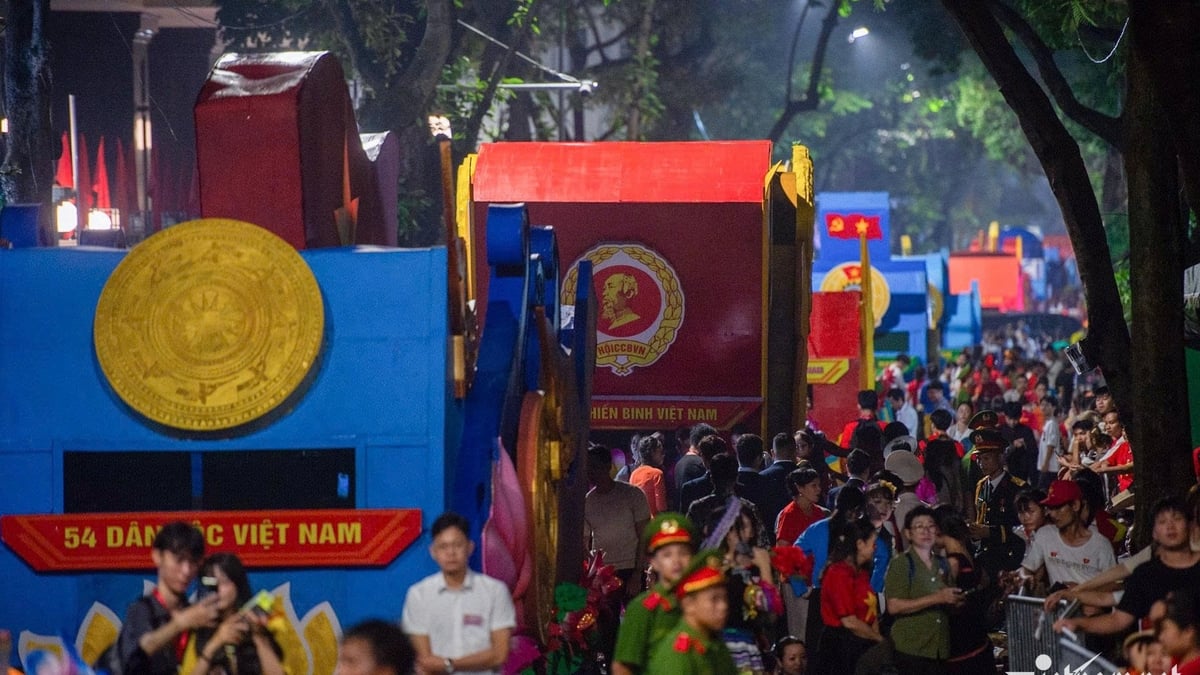
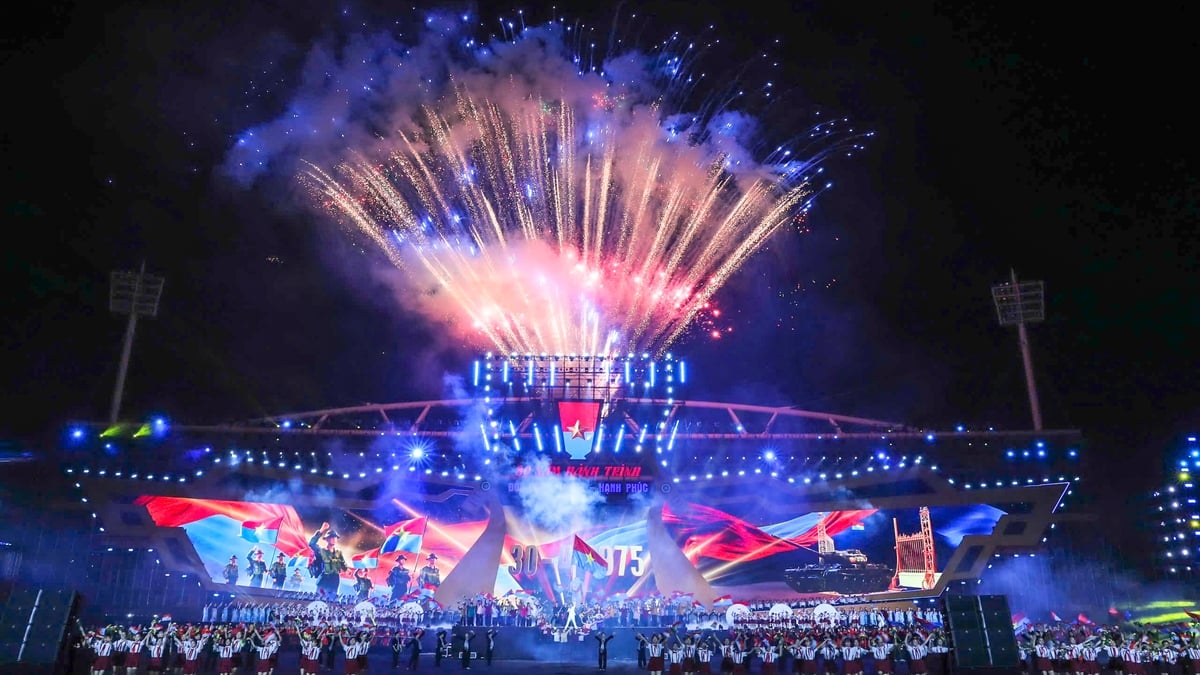
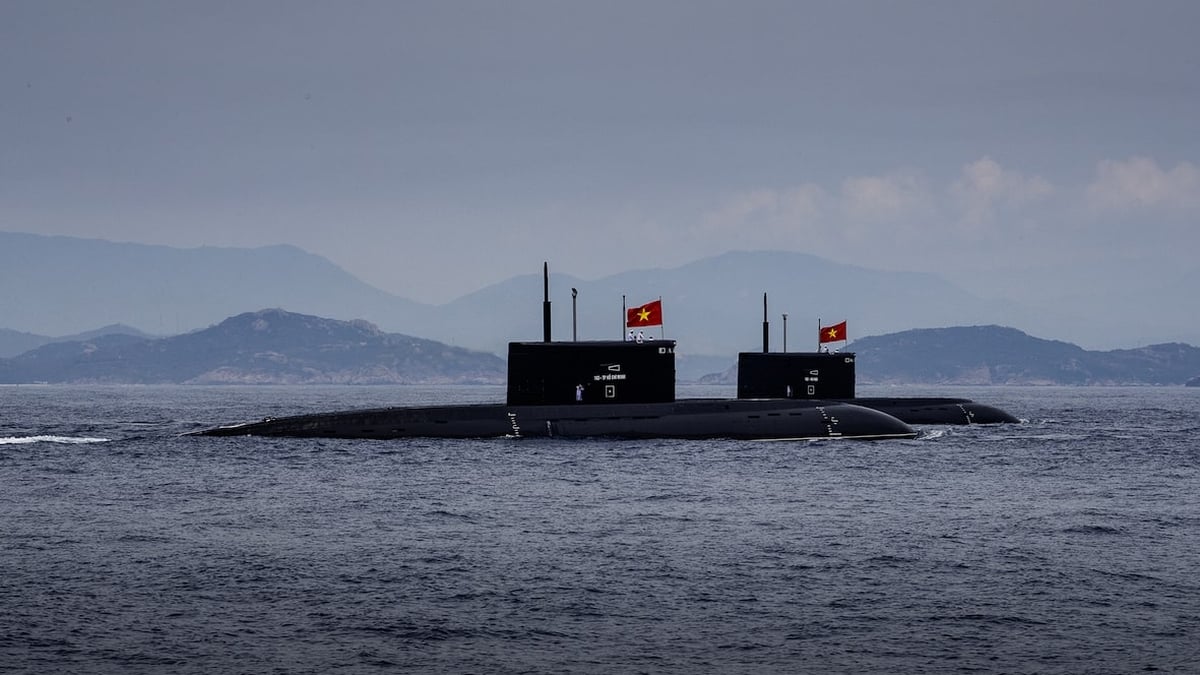

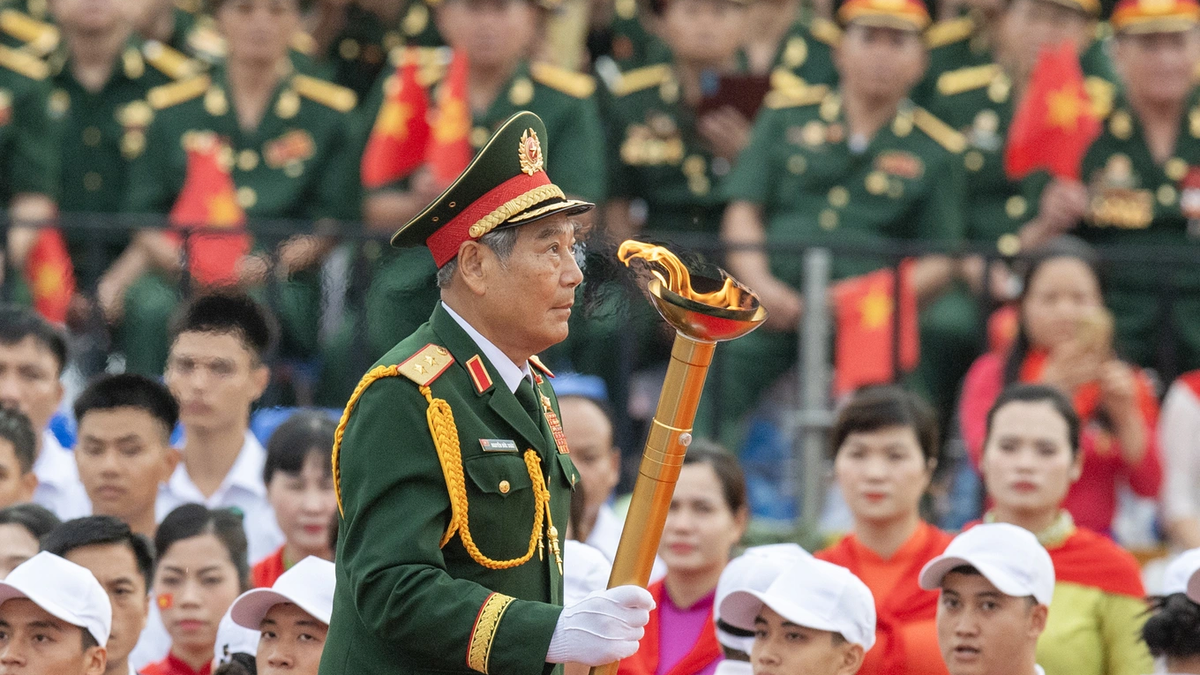
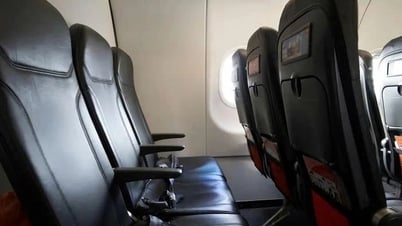

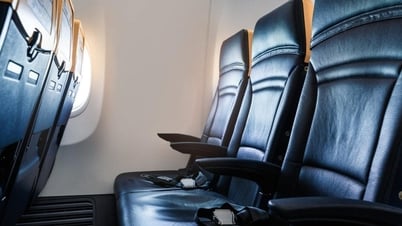


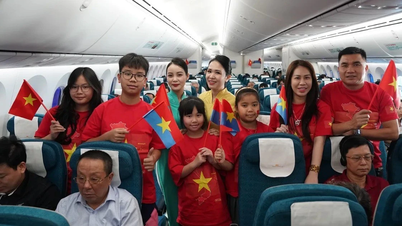






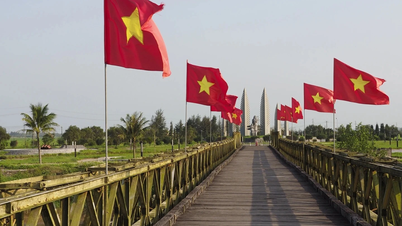



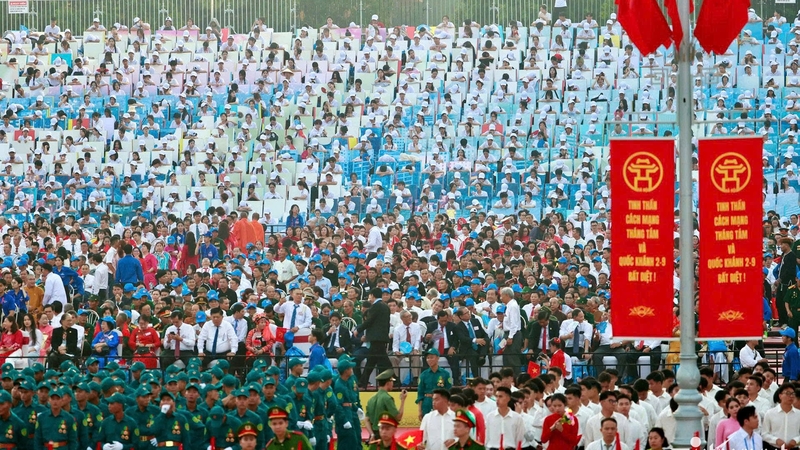
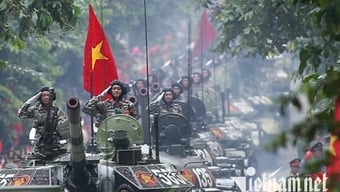

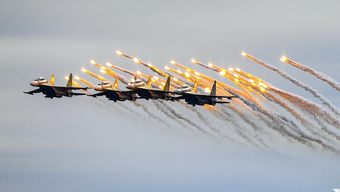
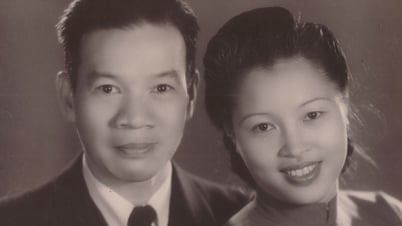


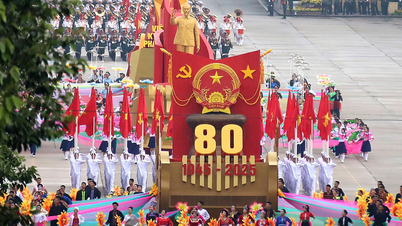
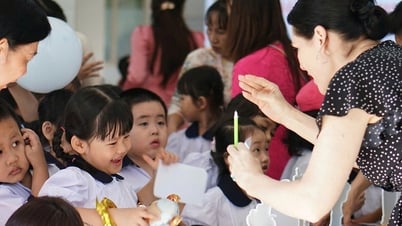

![[Photo] Special national art program “80 years of journey of Independence-Freedom-Happiness”](https://vphoto.vietnam.vn/thumb/1200x675/vietnam/resource/IMAGE/2025/9/2/42dac4eb737045319da2d9dc32c095c0)
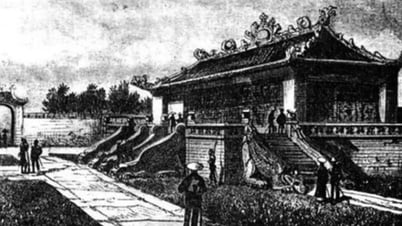









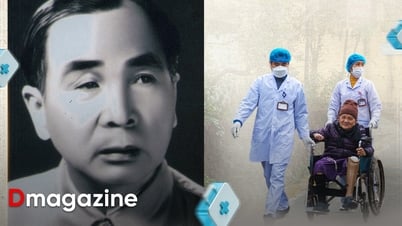
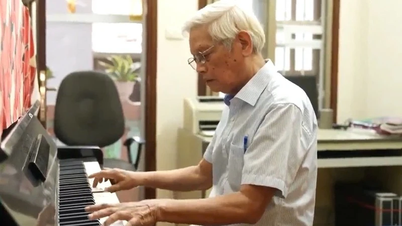
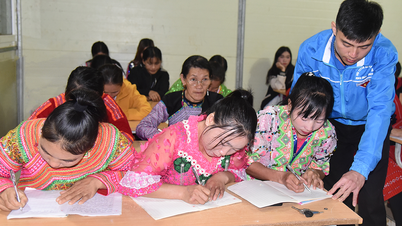





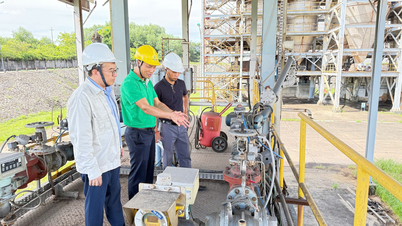













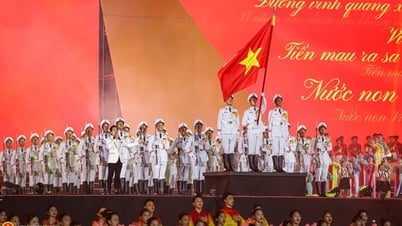

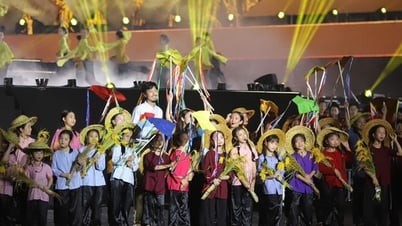
![[Live] Parade and march to celebrate the 80th anniversary of the August Revolution and National Day September 2](https://vphoto.vietnam.vn/thumb/402x226/vietnam/resource/IMAGE/2025/9/2/ab9a5faafecf4bd4893de1594680b043)
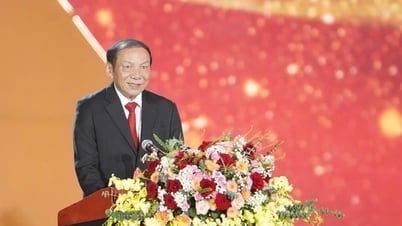

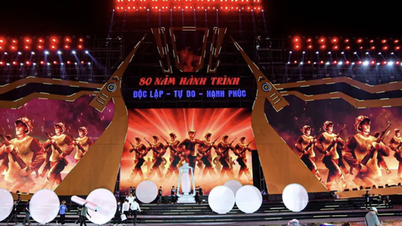




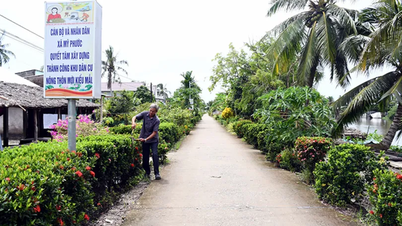

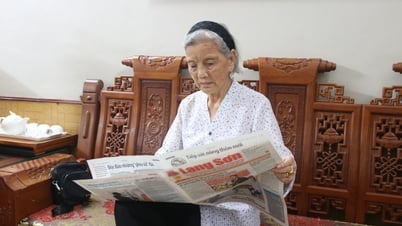

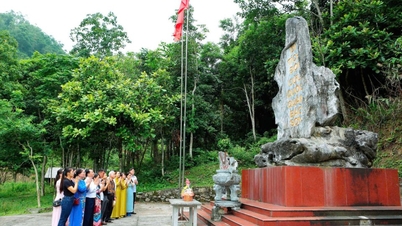
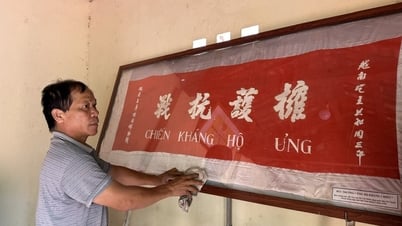
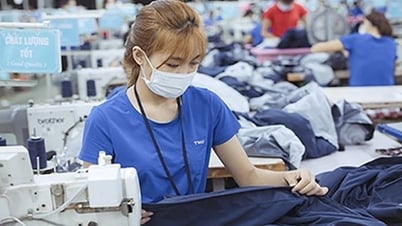
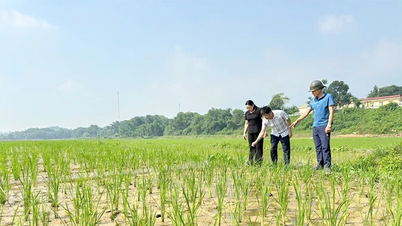

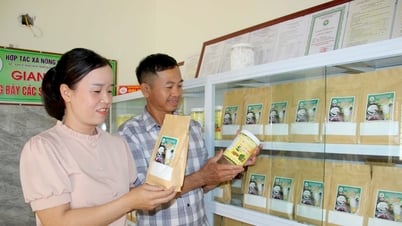









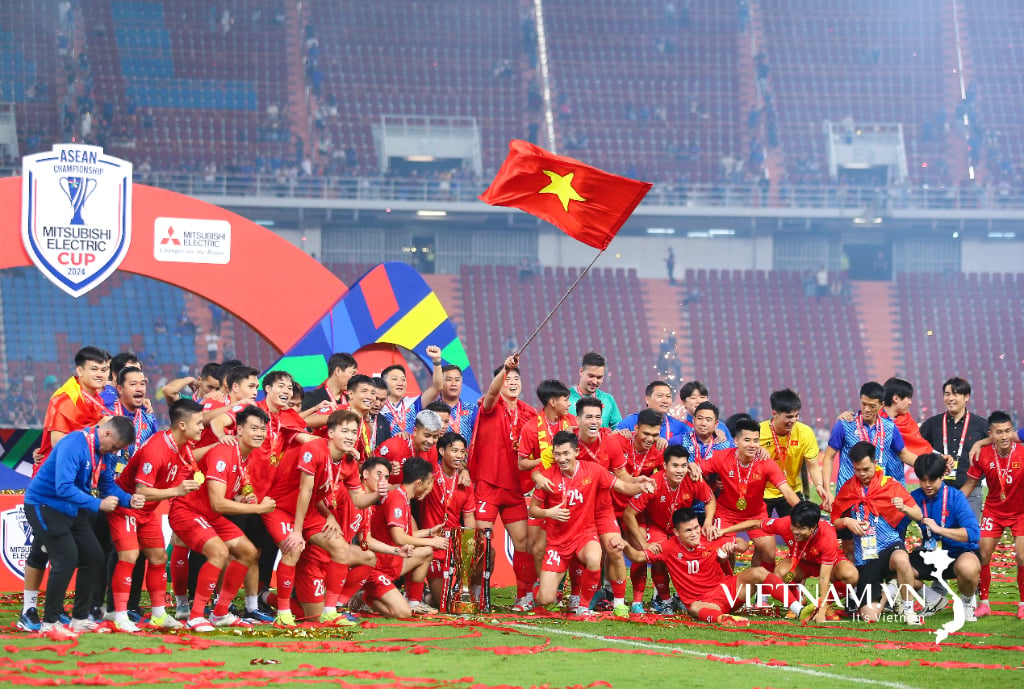

Comment (0)